-
Textile Machinery Ⅱ
04 Printing Machinery 167. Printing machinery 168. Top printing machines 169. Yarn printing machines including space dyeing 170. Flat screen printing machines 171. Rotary screen printing machines 172. Heat transfer printing machines 173. Roller printing machines 174. Automated screen printing car...Read more -
Textile Machinery Ⅰ
01 Spinning Machinery 1. Preparatory machinery for cotton spinning systems 2. Gins 3. Baling presses 4. Bale breakers, bale pluckers 5. Blow room machinery 6. Blending hoppers 7. Automatic feeding devices for carding machines 8. Carding machines 9. Drawing frames 10. Sliver lap machines 11. Combi...Read more -
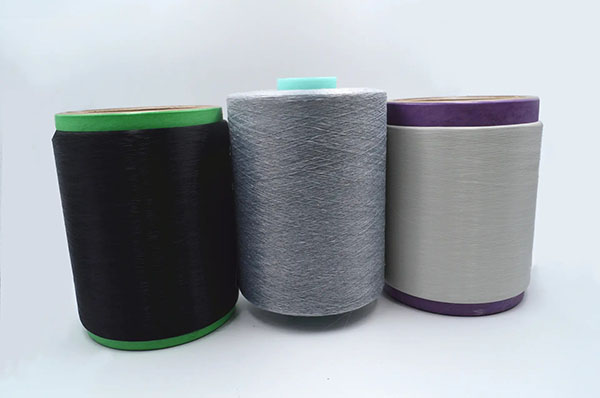
Something about Conductive Yarn
What Is Conductive Yarn? Conductive yarn is made by blending a certain proportion of stainless steel fiber or other conductive fiber with ordinary fiber. Conductive yarn can make the static electricity accumulated on the human body disappear quickly, so in the past it is usually used to make anti...Read more -

What Is Bio-based Fiber?
Bio-based chemical fiber is derived from plants and microbial organisms, such as sugar, protein, cellulose, acid, alcohol and ester, etc. It is made by high-molecular chemical, physical technology and spinning process. Classification of Bio-based Fiber 1.Bio-based virgin fiber It can be directly...Read more -
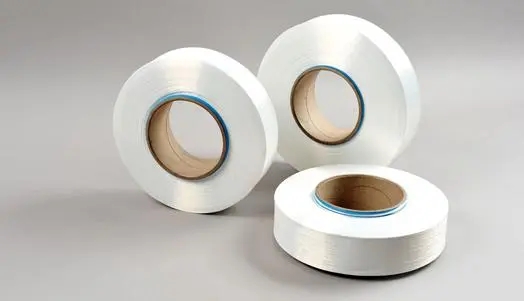
Let’s Learn Something about Shape Memory Fiber!
Characteristics of Shape Memory Fiber 1.Memory The shape memory titanium nickel alloy fiber is first processed into a tower-type spiral spring shape and further processed into plane shape, then is finally fixed in the garment fabric. When the garment’s surface is exposed to high temperature...Read more -
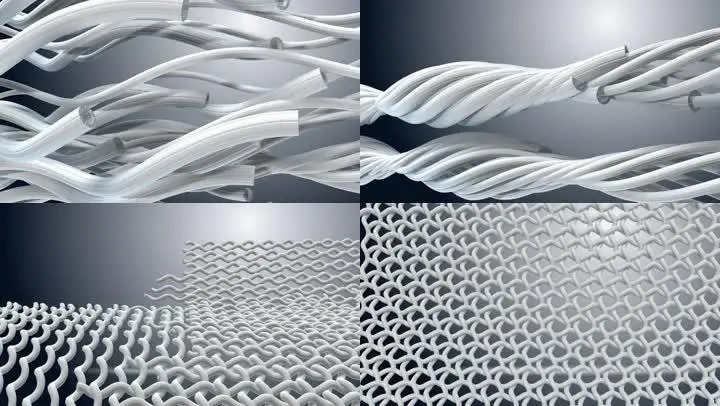
Factors Affecting The Strength And Elongation Of Staple Fiber Yarn
The factors affecting the strength and elongation of yarn mainly are two aspects, as the fiber property and yarn structure. Among, the strength and elongation of blended yarn are also closely related to the property difference of blended fiber and blending ratio. Property of Fiber 1.Length and ...Read more -

Application of Bamboo Charcoal Fiber
In The Field of Clothing Bamboo charcoal fiber has excellent moisture absorption and perspiration, antibacterial property, adsorbability and far infrared health care function. Also it can automatically adjust humidity. Its functions will not be influenced by washing times, which is especially sui...Read more -
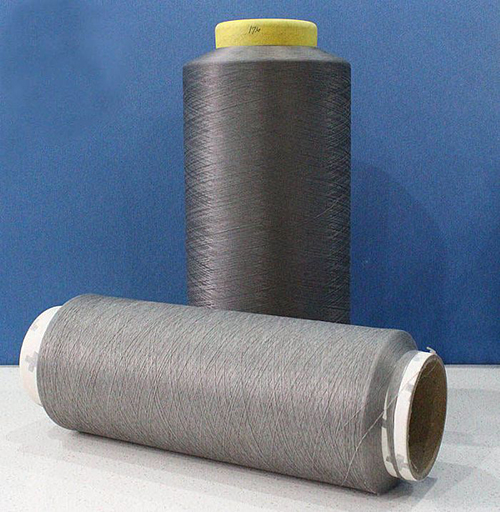
Performance of Bamboo Charcoal Fiber
Automatic Moisture Control Performance The equilibrium moisture regain and water-retention rate of bamboo charcoal fiber are higher than those of viscose fiber and cotton. Under the combined actions of honeycomb microporous structure and high moisture regain, bamboo carbon fiber has automatic moi...Read more -
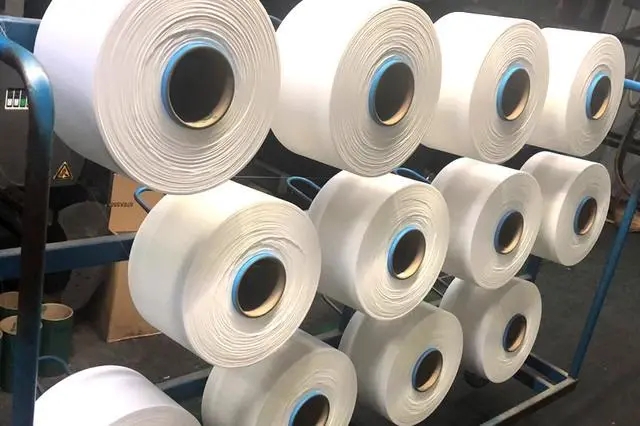
How to Distinguish FDY, POY, DTY and ATY?
Fully Drawn Yarn (FDY) It is a kind of synthetic filament yarn made by spinning and stretching. The fiber is fully stretched, which can be directly used in textile dyeing and finishing process. Polyester fully drawn yarn and nylon fully drawn yarn are commonly used. FDY fabric has soft and smooth...Read more -

What Are The Characteristics of Viscose Fiber?
It is well known that viscose fiber is the most widely used regenerated cellulose fiber in chemical fiber. It has its own unique feature, which can be both pure spinning and blended with other fibers. The viscose fiber fabric has good advantages of good drapability, moisture adsorption and air pe...Read more -

How to Distinguish Reactive Printing and Paint Printing?
There are two main methods of fabric printing and dyeing, as the traditional paint printing and the reactive printing. Reactive printing is that under a certain condition, the active gene of dye binds to the fiber molecule and the dye penetrates into the fabric, then the dye and fabric have chemi...Read more -

The Trends of Today’s Home Textile Fabric
Antistatic Home Textile Fabric Synthetic fiber is greatly used in the field of home textile fabric, which makes up for the shortage of natural fibers. But synthetic fiber is poor in moisture adsorption and easy to accumulate static electricity. Its woven fabric is easy to adsorb dust and stain a...Read more











